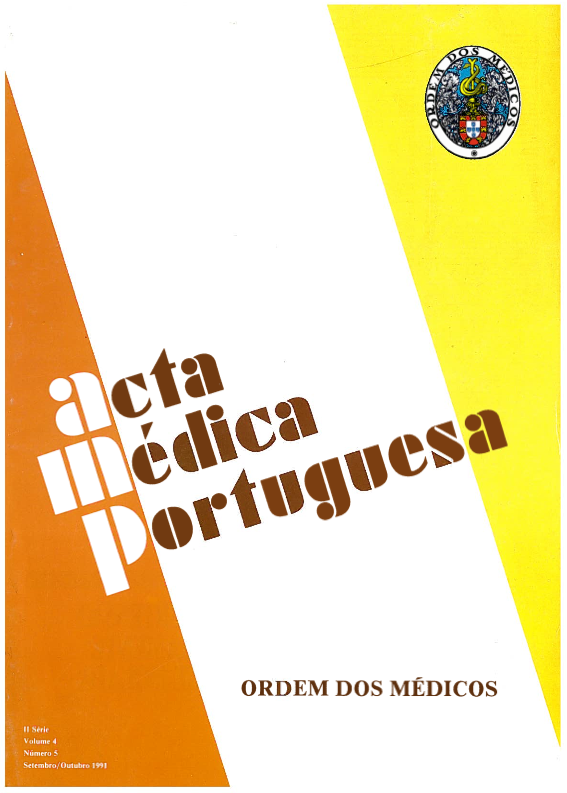Idiopathic edema, tubular metabolism of water and sodium.
DOI:
https://doi.org/10.20344/amp.3370Abstract
To look for intrinsic changes in renal tubular water and sodium metabolism in idiopathic edema (IE), independent of the underlying hormonal and vascular defects.Prospective controlled study in patients with edema referred to a nephrology clinic.Ten female patients with IE were compared with a control group of 4 healthy women.Patients and controls were submitted to a base-line test of water loading and lithium clearances, after 12 hours supine position, to study renal tubular handling of Na and H2O in different nephron sites and 5 h water excretion capacity. Patients were then randomized in 2 groups, both receiving standard treatment during 2 months (low-salt diet--70 to 90 mEq of Na per day, stopping diuretics and laxatives, elastic stockings). Group B received in addition carbidopa/levodopa 25/100--3 tabs/day and captopril 6.25 mg q 8 h. At the end of this 2 months period the base-line tests were repeated. We registered a good clinical response, with an average a.m. weight reduction of 2.8 kg and a decrement of the a.m. to p.m. weight gradient from 2.42 +/- 0.3 kg pre-treatment to 0.6 +/- 0.1 kg afterwards. From the several measurements obtained, only global FENa and Proximal Fraccional Reabsorption of Na were significantly different between patients and controls (0.87 +/- 0.09% vs 2.1 +/- 0.2%, p less than 0.001 and 77.4 +/- 2.9% vs 64.0 +/- 3.5%, p = 0.02 respectively), with no difference in distal Na and H2O reabsorption or water excretion capacity. Two months treatment only partially corrected global FENa, and there were no differences in the clinical and physiological effects between the 2 therapeutic groups.1--In the absence of orthostatism, H2O and Na metabolism is similar between IE patients and healthy controls, only with an increased selective proximal Na reabsorption in patients. 2--Standard non-pharmacologic therapy was a clinical success, but didn't correct the physiological defect of excessive proximal sodium reabsorption. Treatment results were not improved by pharmacologic intervention.Downloads
Downloads
How to Cite
Issue
Section
License
All the articles published in the AMP are open access and comply with the requirements of funding agencies or academic institutions. The AMP is governed by the terms of the Creative Commons ‘Attribution – Non-Commercial Use - (CC-BY-NC)’ license, regarding the use by third parties.
It is the author’s responsibility to obtain approval for the reproduction of figures, tables, etc. from other publications.
Upon acceptance of an article for publication, the authors will be asked to complete the ICMJE “Copyright Liability and Copyright Sharing Statement “(http://www.actamedicaportuguesa.com/info/AMP-NormasPublicacao.pdf) and the “Declaration of Potential Conflicts of Interest” (http:// www.icmje.org/conflicts-of-interest). An e-mail will be sent to the corresponding author to acknowledge receipt of the manuscript.
After publication, the authors are authorised to make their articles available in repositories of their institutions of origin, as long as they always mention where they were published and according to the Creative Commons license.









